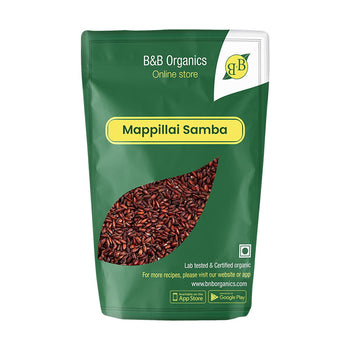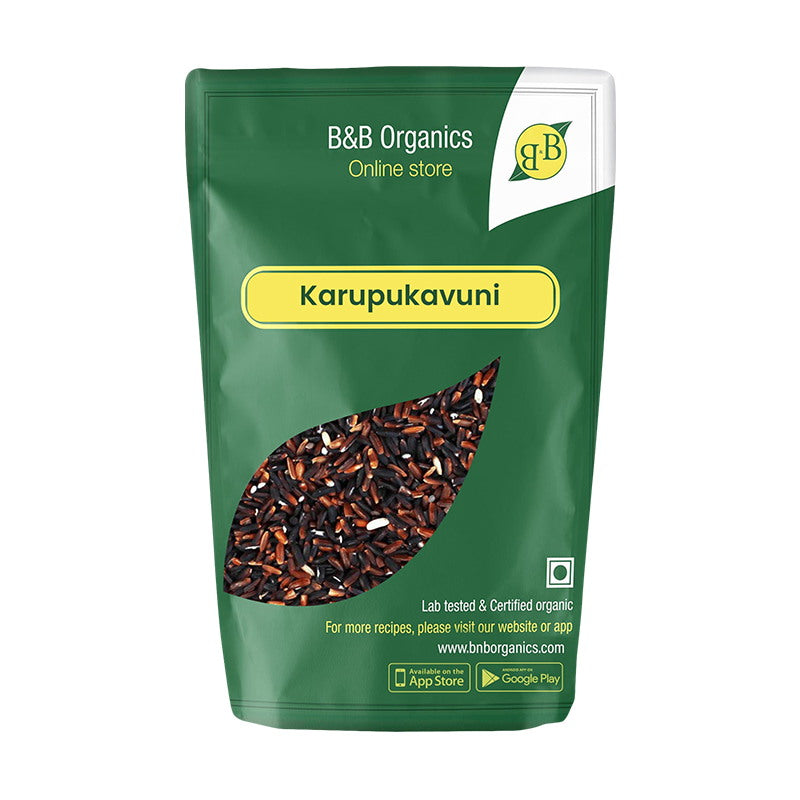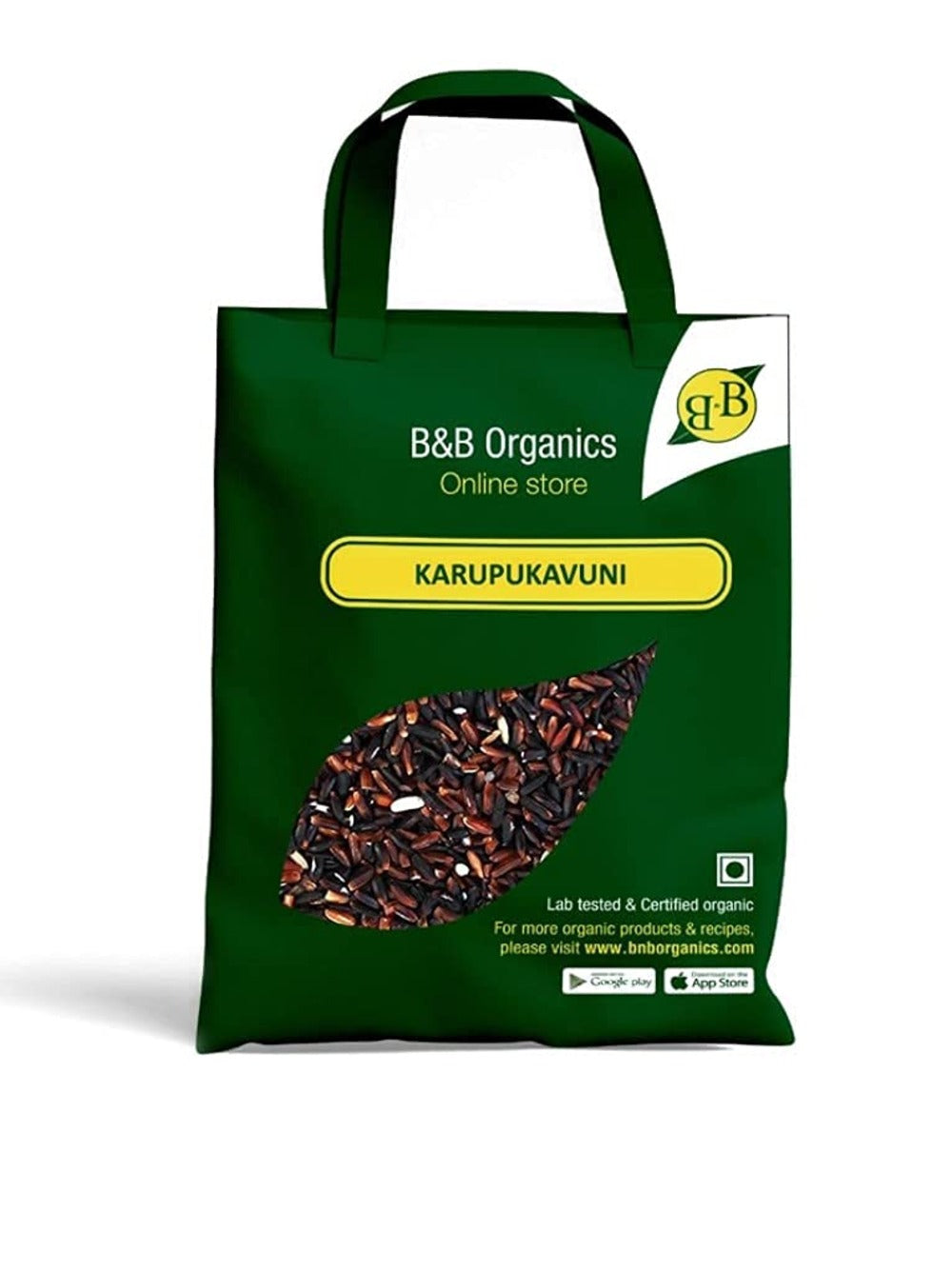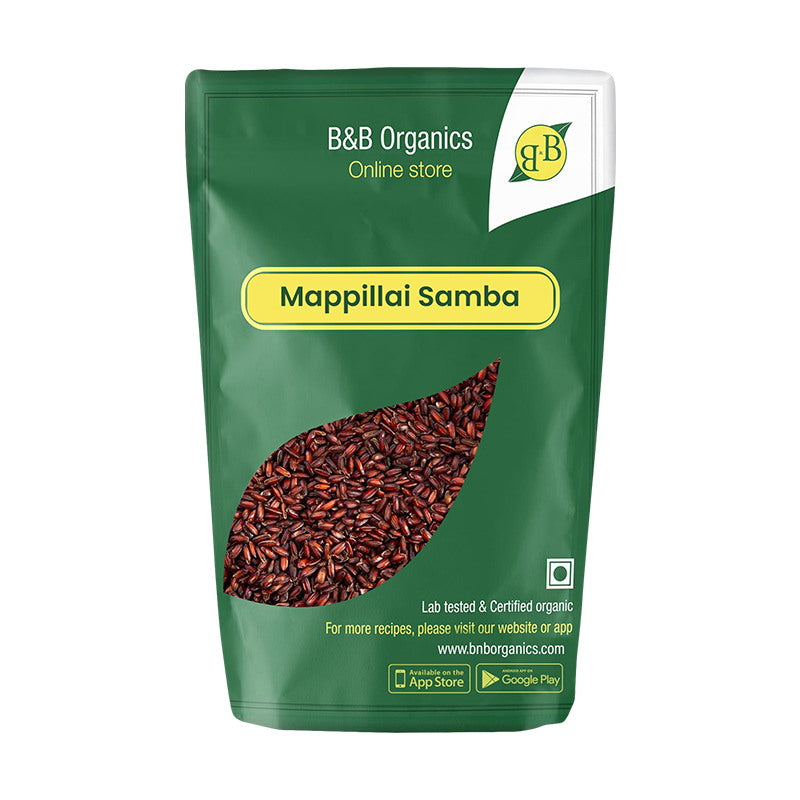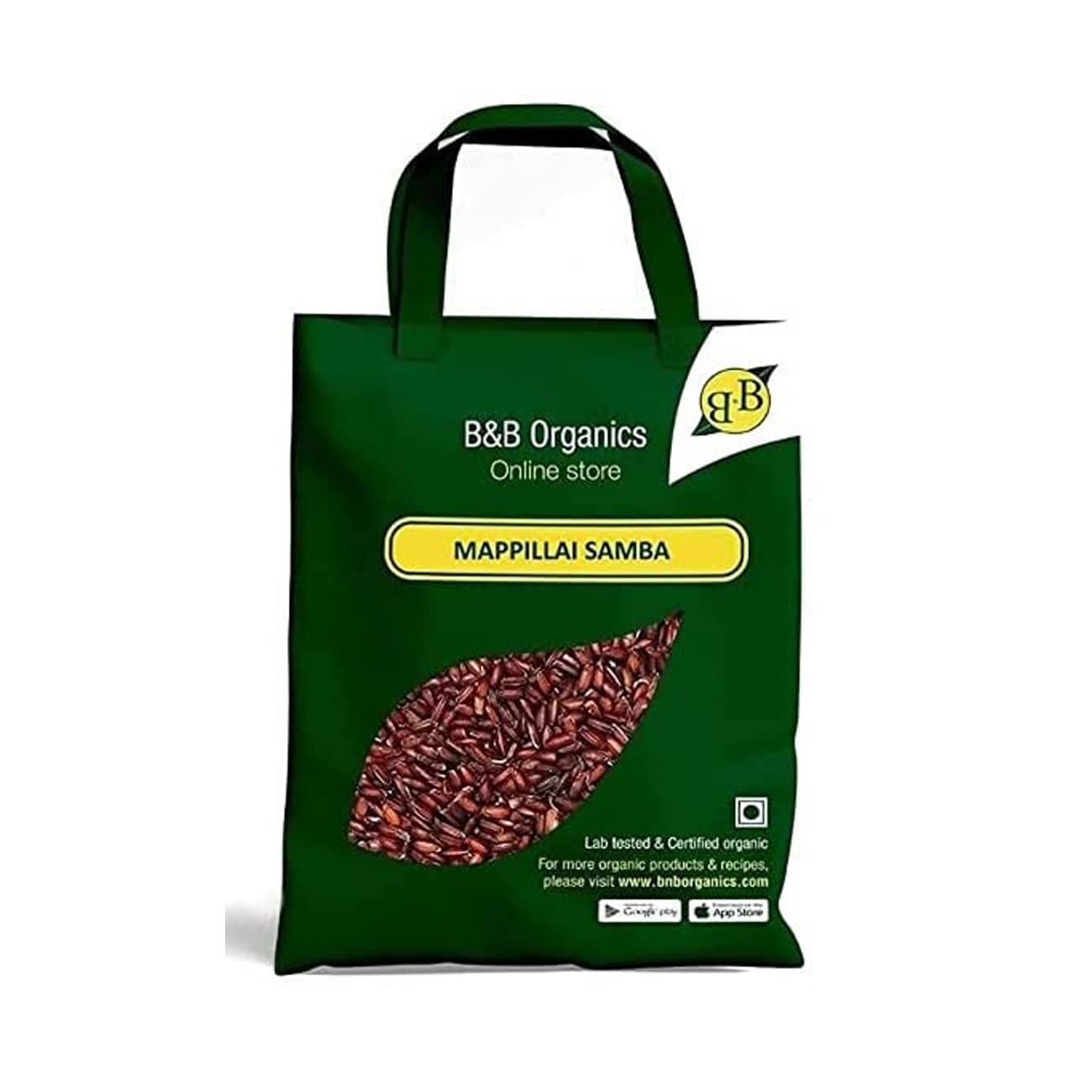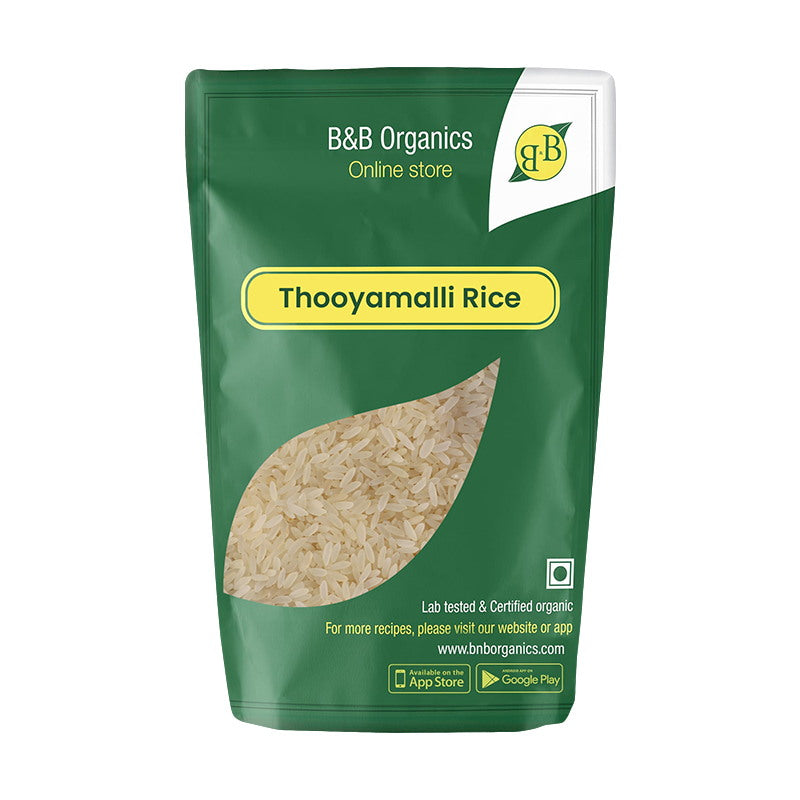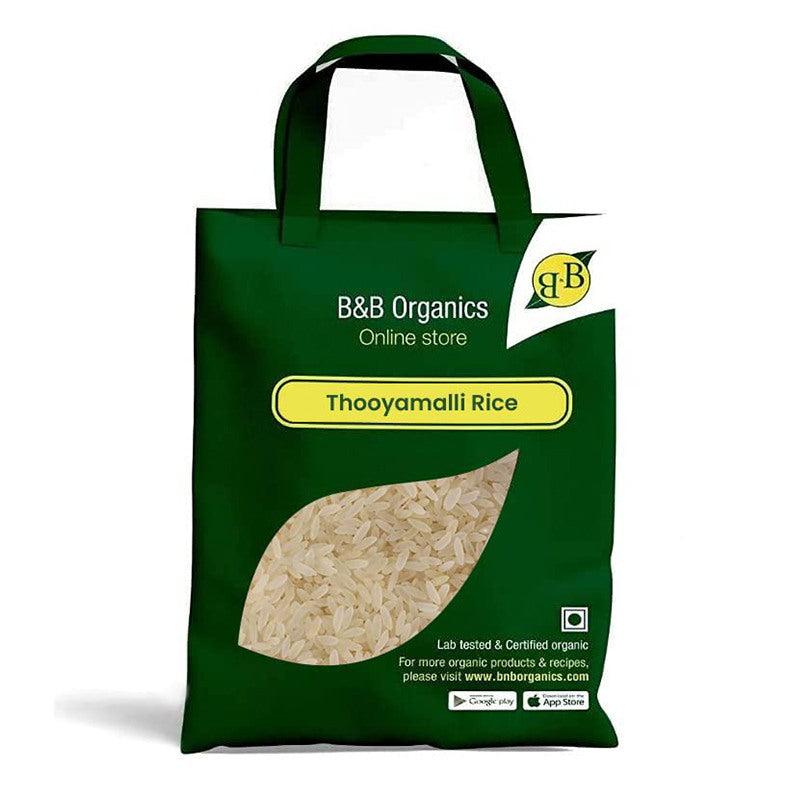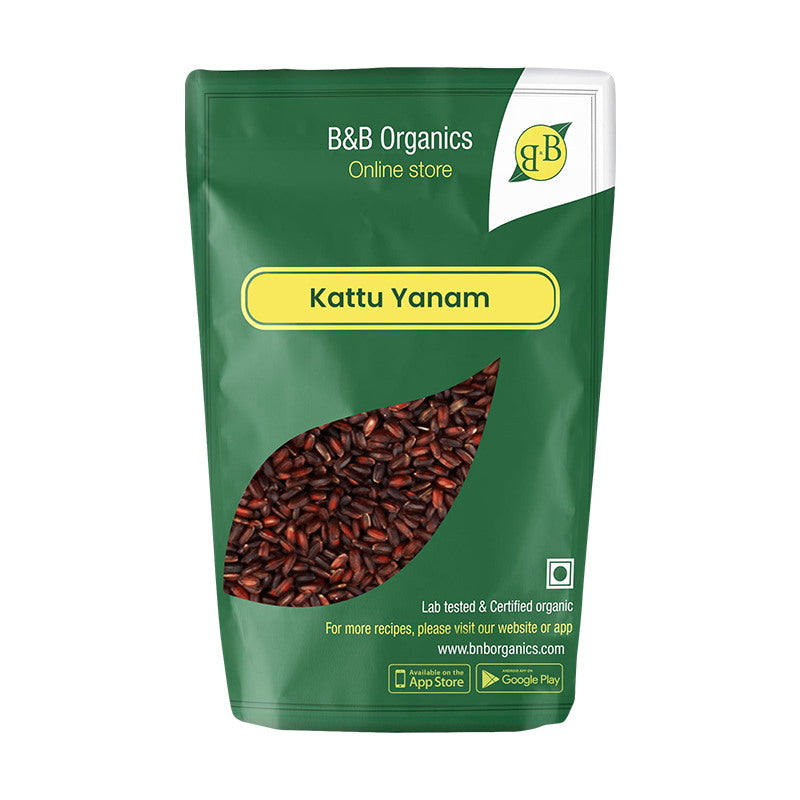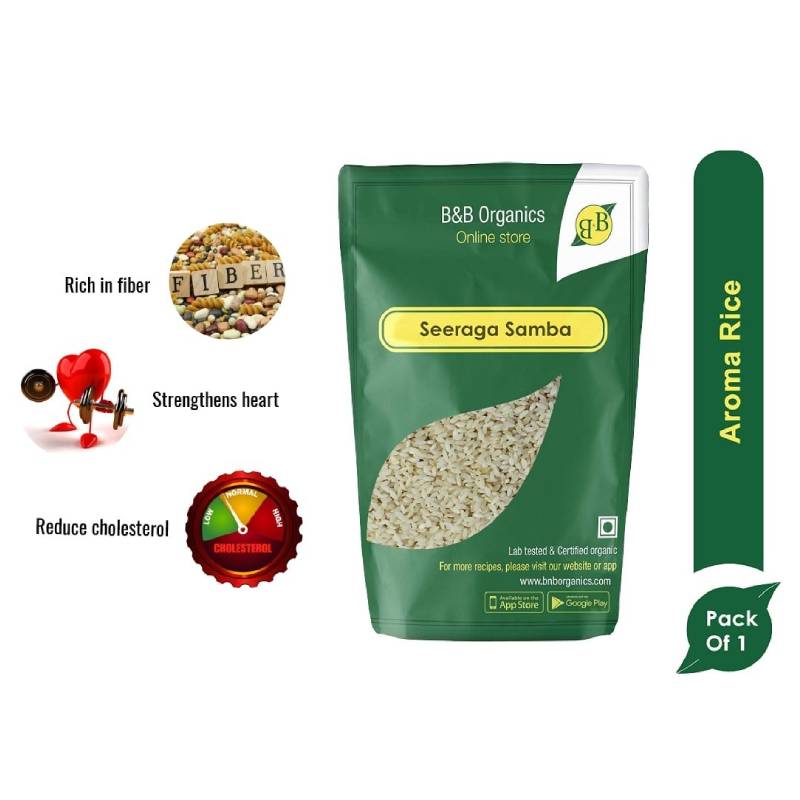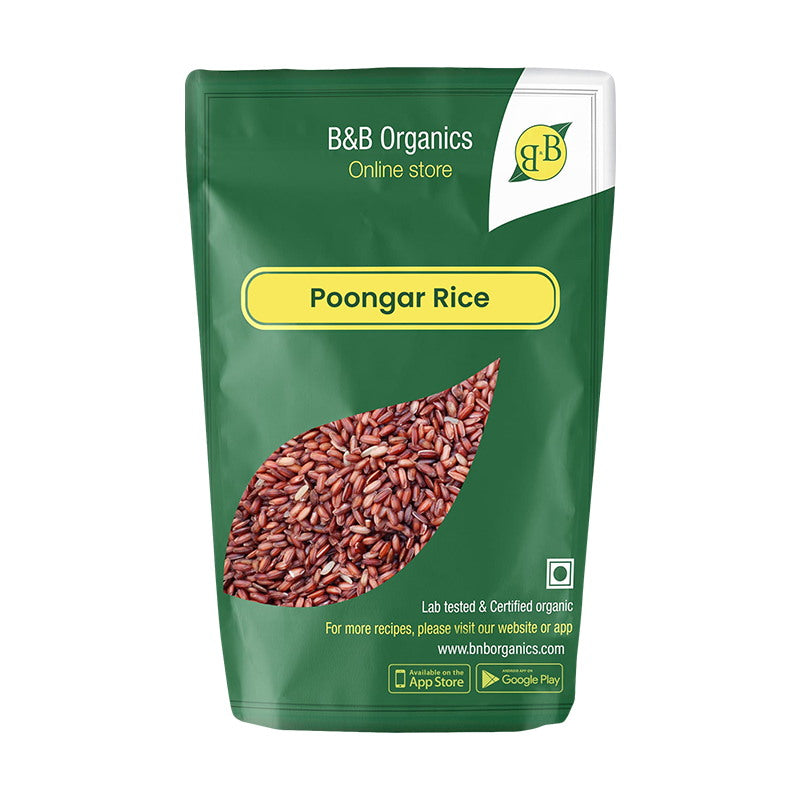Brown rice is a whole-grain variety of rice that is full of vitamins, minerals, and antioxidants. It is a known source of Riboflavin, foliate, potassium and calcium. It

is quite similar to its other sibling the “famous” white rice, both having the same calorie and carbohydrate content. So, what is the difference between the two?
Brown rice is a lot more nutrient rich as compared to white rice owing to the fact that in brown rice only its tough outer hull removed. Think of a grain of rice having multi-layered structure: The outer-most layer called the hull, the inner layers bran & cereal germ and the last being the endosperm. In white rice, the subsequent layers of bran and cereal germ are also removed and so it loses a lot of its nutritional value.
It is evident that brown rice is healthy for our body, offering us a long line of benefits. So does that mean it tastes bad and can’t be cooked into delicious finger licking meals? Of course not! Brown rice, if cooked properly, tastes just as good as regular white rice and gives you a generous serving of nutrients with it.
How to cook brown rice?
The most basic method to cook it is to boil the rice. Boiling the rice uses water to soften it and make it fit for consumption. Boiling can be done by following two ways
- Pressure Cooker boiling
- Stovetop boiling
To understand which of the two methods is the better alternative, one needs to first grasp the mechanism of working of both.
Method 1: Pressure Cooker Boiling
Pressure cookers are perhaps a blessing to those who are in a hurry and need things done fast and using as less of every resource as possible, be it the gas/electricity or water. But how do pressure cookers do that?
The basic concept behind cooking in a pressure cooker is that in this method water in its liquid form is not used to cook the substance rather it is converted into steam which is in turn used to cook the food.
What happens inside a pressure cooker?

Let’s put on our thinking caps and bring out the science enthusiast in us. The working of a pressure cooker is quite typical. We know that water boils at 100° C. Pressure cookers create an air-tight high pressure region inside themselves and have a small device at the top (called whistle) which controls the pressure. At higher pressure, boiling point of water increases and it changes to steam at a higher temperature. Simply put it means that as the pressure inside the cooker increases so does the temperature and the food is cooked faster and using much less gas. Also, a lot less water is required to cook and food retains most of its heat-sensitive nutrients. But that’s the catch! Only the heat-sensitive nutrients can survive such high temperatures and other nutrients get destroyed in the high pressure environment.
Cooking brown rice
Rice: water ratio- 1:2
Optional: Most people tend to avoid this step as this method is already fast and soaking rice to soften them up loses its significance. It, however, is still relevant if one wishes to keep the precious nutrients intact.
Soak 1 cup rice in 2-3 cups of water. Leave it uncovered for a couple of hours or overnight.
Then Add water and rice to the cooker, seal the lid and keep on high flame. It takes about 6-7 whistles to completely cook the rice. After that, led the pressure cooker cool down a little and remove the excess steam, if any.
And voila, your brown rice is ready!
What does soaking do?
By soaking one ensures that some water already gets into grains of rice and softens them up for further cooking, it significantly reduces the cooking time and helps retain a lot of nutrients!
Method 2: Stove top boiling
It is one of the oldest methods of cooking food, quite time consuming and utilizes a lot more gas and water as compared to pressure cooker. The end product that one gets is full of flavor and better looking. The boiling point of water here remains 100° C and therefore food takes more time to cook. There are chances that due to longer cooking time many nutrients might escape into the water and leave the end food product devoid of nutrients it previously had. One practice to prevent the loss of nutrients and speed this process up is to cover the pot with a lid.
Cooking Brown rice
Rice: water ratio – 1:1.5 (soaked) & 1:2 (not-soaked)
As described above, soak 1 cup rice in 2-3 cups of water. Leave it uncovered for

a couple of hours or overnight.
Next step is to boil the water and then add the soaked rice to the boiling water. Cover with the lid and let them cook until almost all the water is absorbed. This will take a longer amount of time as compared to pressure cooker method. One needs to be patient. Once all the water is gone, remove the rice from heat and let it sit for 10 minutes to get fluffier results.
One other method that is gaining popularity these days is to cook brown rice like pasta. Yes, you read that right. For this, take about 10-12 cups of water in a big pot, heat it till boiling and then add the brown rice and boil it until tender(check one grain for doneness). Strain the rice to remove the excess water. Let it sit covered for another 10 mins to cook in its own steam.
Difference between long grain and short grain brown rice
Long grain brown rice when cooked give individual separate pieces much like the basmati variety of white rice. One trick to make the grains of rice really separated is to sauté them in a little amount of oil or butter before boiling. This brings quite the texture and aroma to the long grain variety.
Short grain variety of rice are quite dense and give a sticky end product which is suitable to make dishes that need to hold shape like idlis or sushi. They are quite starchy in comparison to the long grain ones. To make them really sticky, it is best to let them sit for a longer time after cooking and run a fork through them to activate their starchiness.
Conclusion
We discussed at length the two methods of cooking brown rice. On the surface the pressure cooker method seems to have more merits as compared to the stove top method but we know that the quality of food that comes from stove top cooking is unparalleled and that’s why this method is one of the oldest most widely practiced methods of cooking. It might take more time, energy and effort but the end result is a nutrient rich, high quality product which is tastier, a fact that can be verified by every home-maker in this country.
B&B Organics sells hand pounded brown rice. “To try the product, please click the button below”



